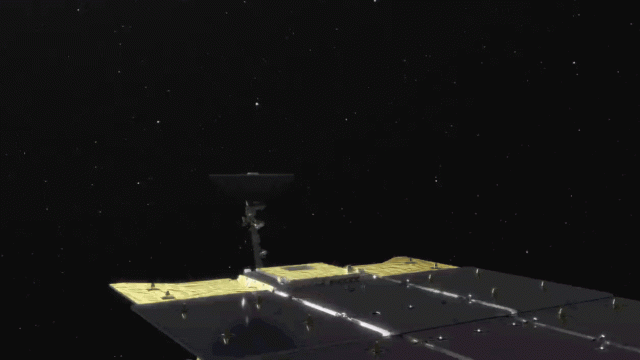NASA is already shifting attention to its next telescope project: the Nancy Grace Roman Space Telescope. Yesterday, NASA announced that SpaceX has been contracted to provide launch services for the Roman Space Telescope, which is set to blast off in October 2026.
With the launch of the James Webb Space Telescope, NASA reminds us of its continued efforts to image and study the mysteries of space. As such, the administration is gearing up for its next big telescope, named the Nancy Grace Roman Space Telescope, and NASA just got one step closer to getting it off the ground. NASA announced yesterday that it has entered a contract with SpaceX in which the California-based space company will provide launch services for the Roman Space Telescope. More specifically, the contract stipulates that the telescope will be launched aboard a Falcon Heavy rocket from NASA’s Kennedy Space Centre in Florida with launch costs at a hefty $US255 ($354) million.
“The Roman mission will provide a unique capability to map out large regions of the sky in exquisite detail. It will observe millions of galaxies and use those to determine how our Universe has evolved over cosmic time,” said Roman project scientist Julie McEnry in an email to Gizmodo. “[The telescope] will also be able to monitor hundreds of millions of stars several times each hour, using those observations to find thousands of new exoplanets. We’ll be able to study many cosmic objects in our groundbreaking surveys — both those that we already know and, most excitingly, those that are yet to be discovered.”
The Nancy Grace Roman Space Telescope was originally named the Wide Field InfraRed Survey Telescope, also known as WFIRST, and plans for the observatory instrument began as early as 2012. The telescope will feature a 7.87 foot (2.4 metre) wide mirror to image some of the most mysterious parts of our universe. The telescope’s Wide-Field Instrument — a near-infrared camera — and Coronagraphic Instrument — which can block out some of the direct light from a star its imaging — will help the telescope in its scientific goals of studying dark energy and dark matter, as well as imaging exoplanets.
The Roman Space Telescope is an exciting addition to NASA’s arsenal of equipment that can study our universe, and if the public reception to the James Webb Space Telescope is any indication, then we certainly have more findings to get excited over.
More: Space Pebble That Hit Webb Telescope Caused Significant Damage, Scientists Say
